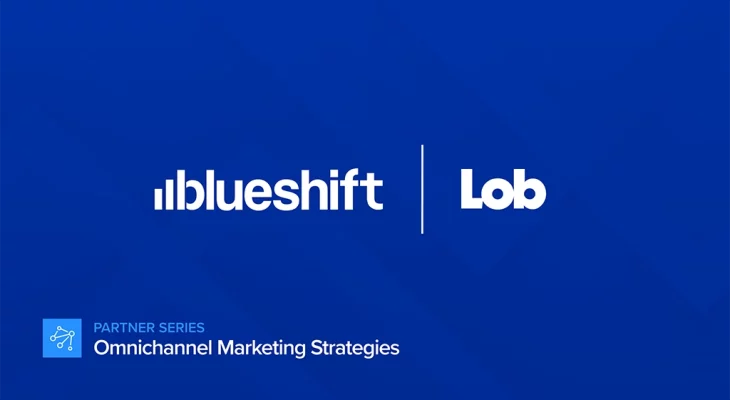Unless you’re a new startup, or undergoing a period of rapid growth, retention marketing is probably the most effective marketing technique you have. Existing customers provide 65% of business, and it costs 25x as much to gain a new customer as it does to retain an existing one.
In the long run, retention marketing is one of the best ways to get new customers, too. By keeping your existing customers engaged and showing your appreciation, you’ll organically earn brand advocates and promoters who will bring in their own friends and family.
Omnichannel marketing gives you an edge in the retention game, because it enables you to meet customers where they’re most receptive. Here’s how to do it:
Be best at follow-ups
Go above and beyond in how you follow up with customer questions, comments, and concerns across all channels. If a customer asks a good question, don’t just respond to it — write a blog about it and share it with them. If a customer writes a nice review, feature it on your social media account, and respond with a short message thanking them.
If a customer has a complaint, thank them for that too, and do what you can to make it better.
Even in our hyper-connected world, most companies still treat engaging with customers as a chore. If you can do it better than your competitors (and you can!), you’ll reap the retention rewards.
Bonus tip: Make it easy for customers if they choose the wrong channel (e.g., emailing sales when they need support or hitting up a support chat with a new feature request). Instead of just sending them off with contact information, route them directly there. Just saving them a few steps and some wait time can show your customers how much you value them.
Do something special for your customers
One of the great things about retention marketing is that it doesn’t have to be conversion-focused to work. Sometimes, just making a customer smile is the best thing you can do for your brand.
Send customers a birthday card in the mail with a free gift or offer for a discount on your product or service. Provide a personalized electronic newsletter focused on getting the best value from the products they’ve already purchased. If it’s relevant to your business, let them know about local events they’d find interesting.
Sweeten the pot
Retention marketing is a powerful tool to prevent churn. By measuring the time period since the last purchase, you can detect customers who are likely to leave and send them special offers to re-engage them.
But you don’t have to wait until a customer is on the way out to bring them back in. Omnichannel marketing gives you a tremendous range of options to sweeten the pot. Here are just a few:
- Channel-specific deals: Discounts for social media followers, special live giveaways during a webinar, prizes for getting friends to sign up for your mailing list — the options are endless.
- Build anticipation: Use multiple channels to get customers invested in an offer. For example, email customers to let them know they’re getting something special in the mail a few days ahead.
- Games: Use your omnichannel capabilities to gamify a special prize. It can be as simple as asking customers to send in pictures of themselves using your product and featuring your favorites on the blog or as complex as your imagination (and level of customer engagement) allow.



